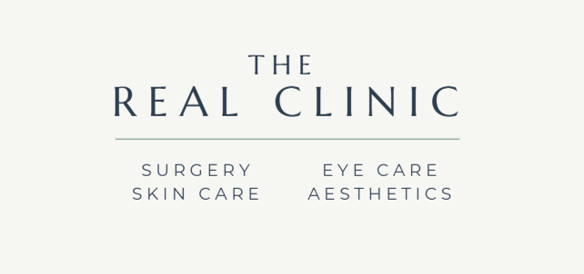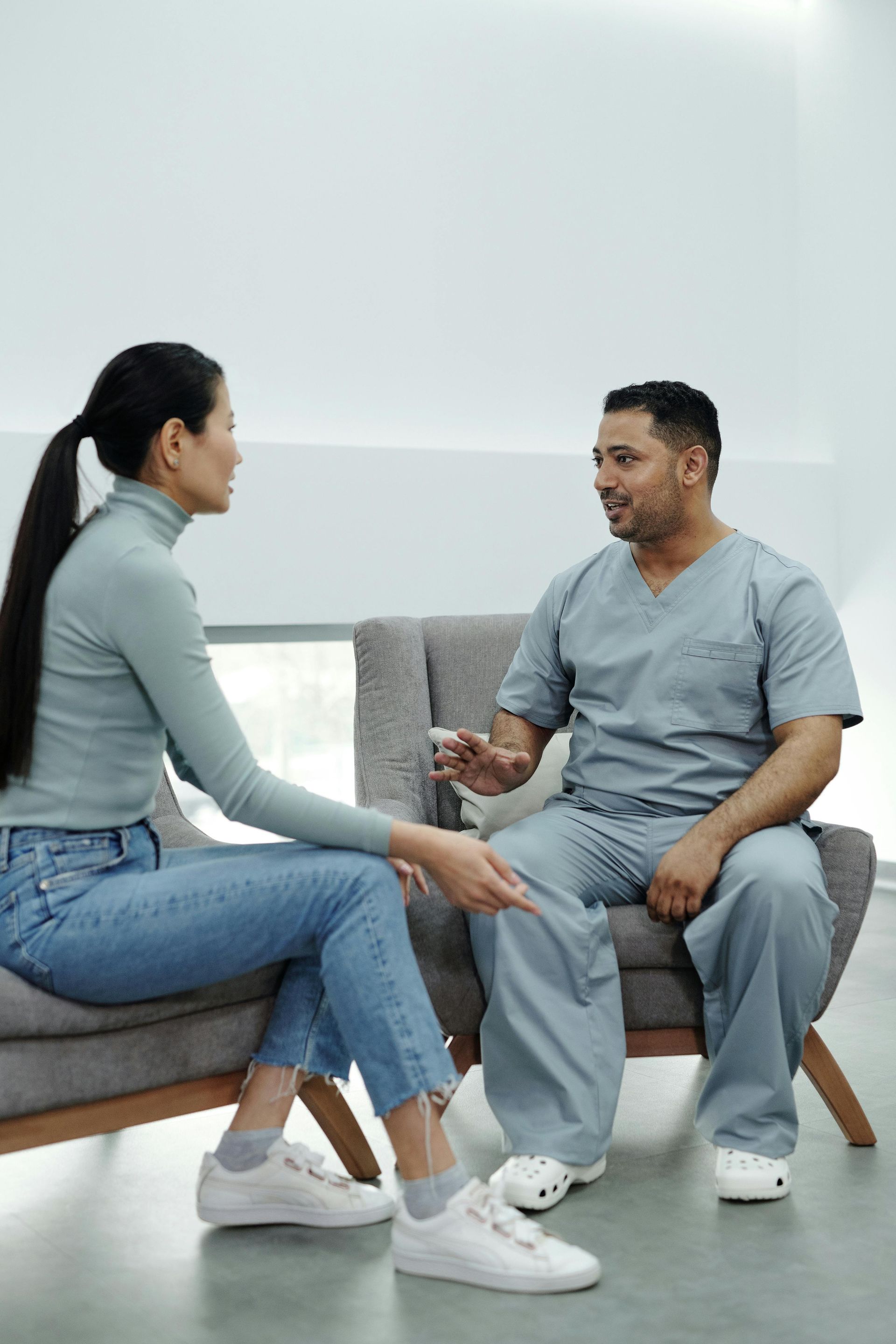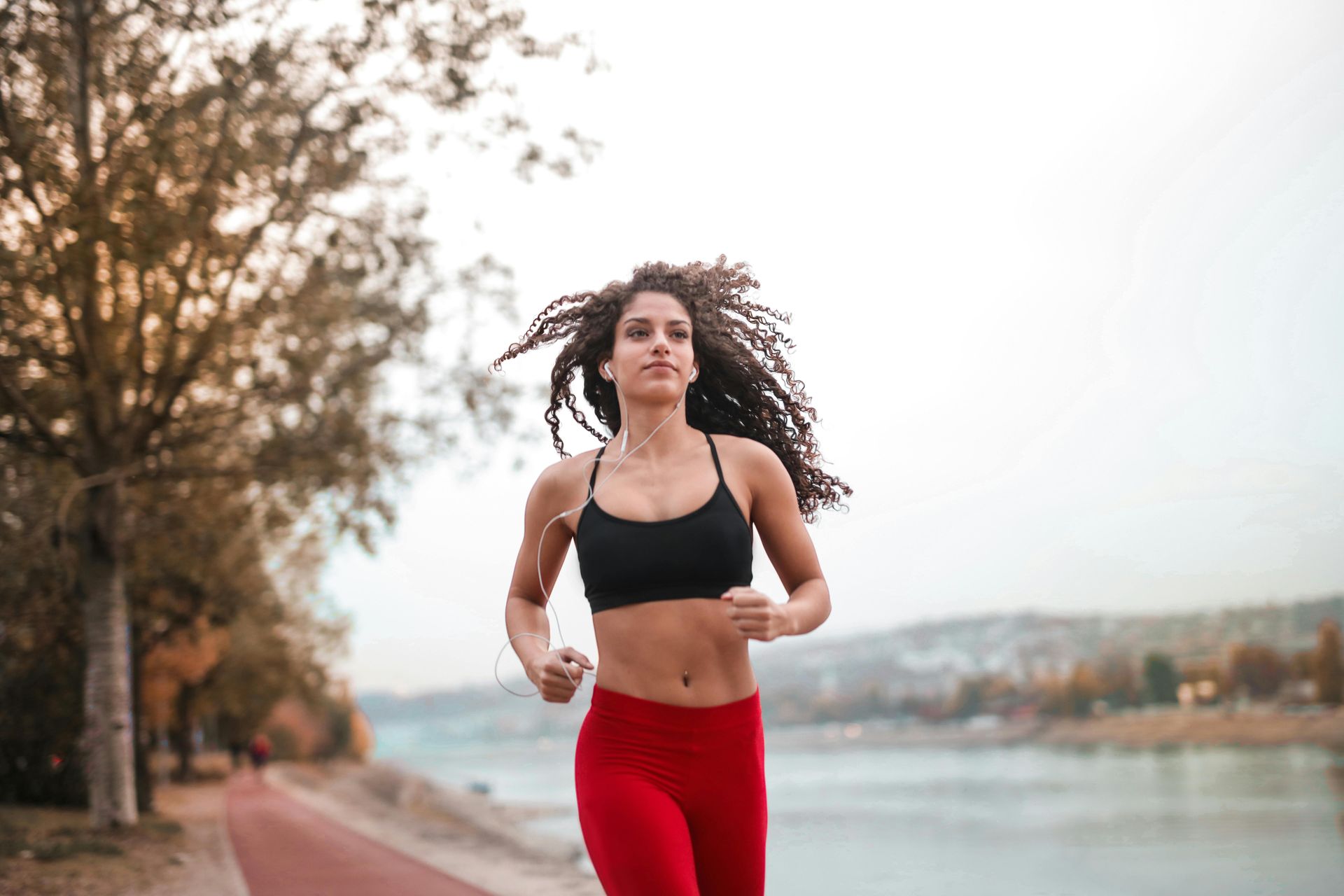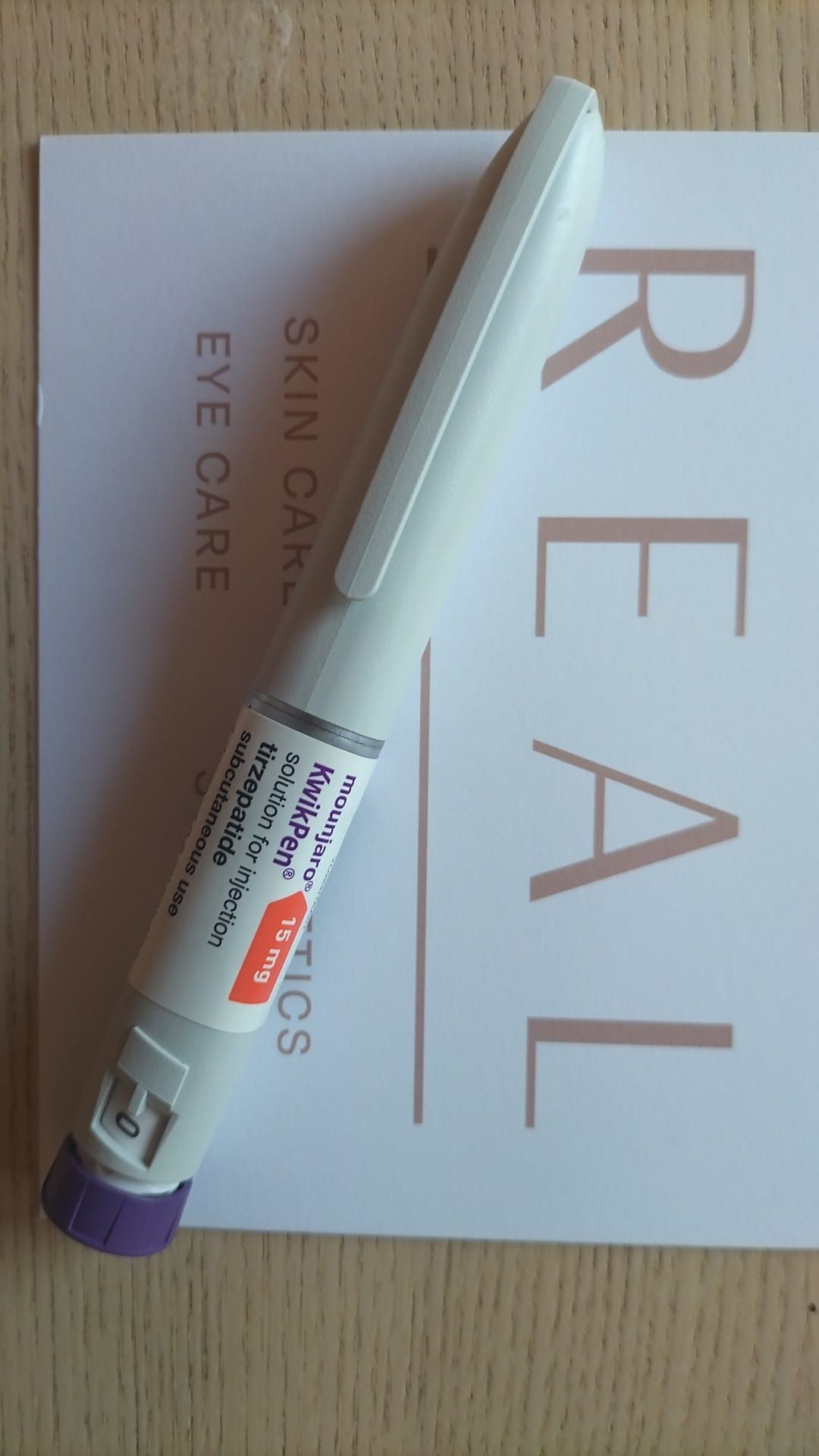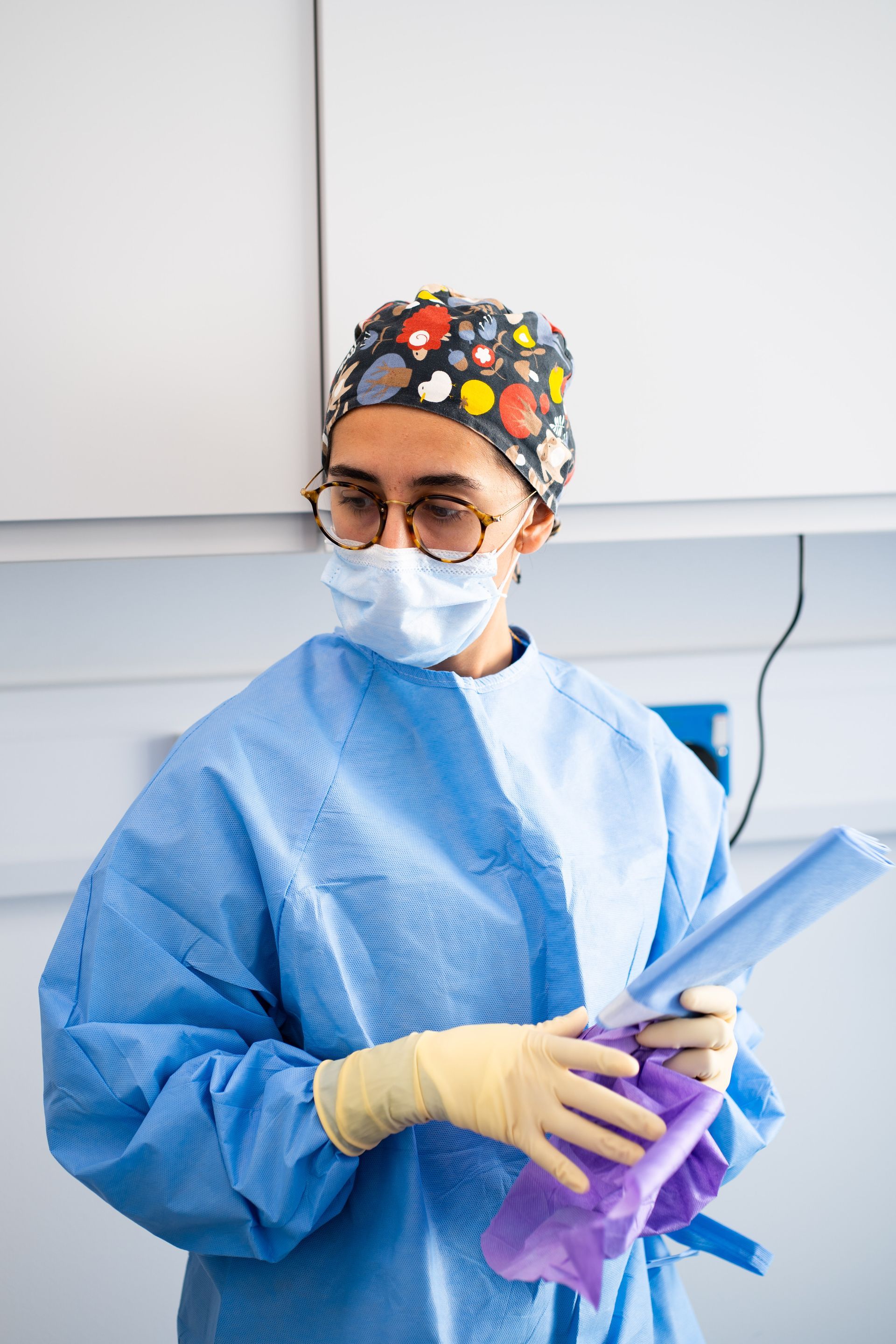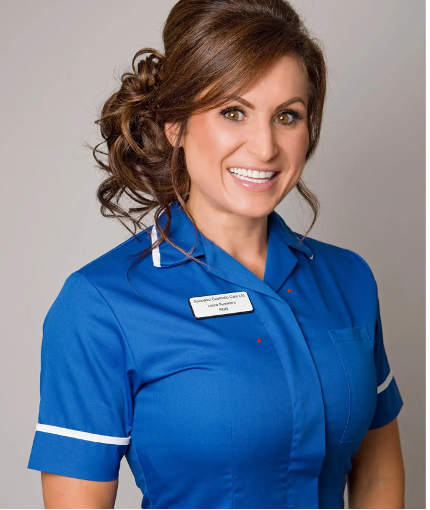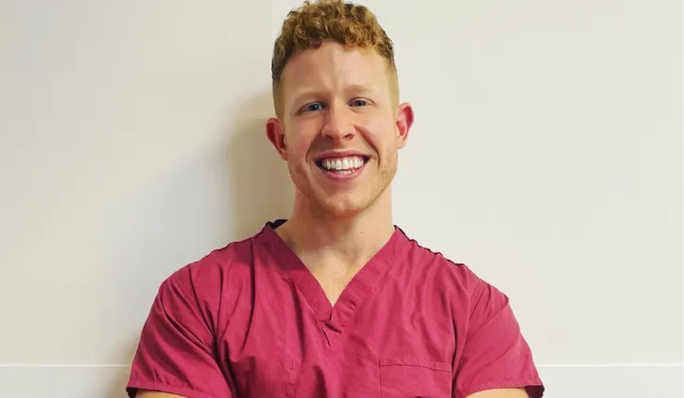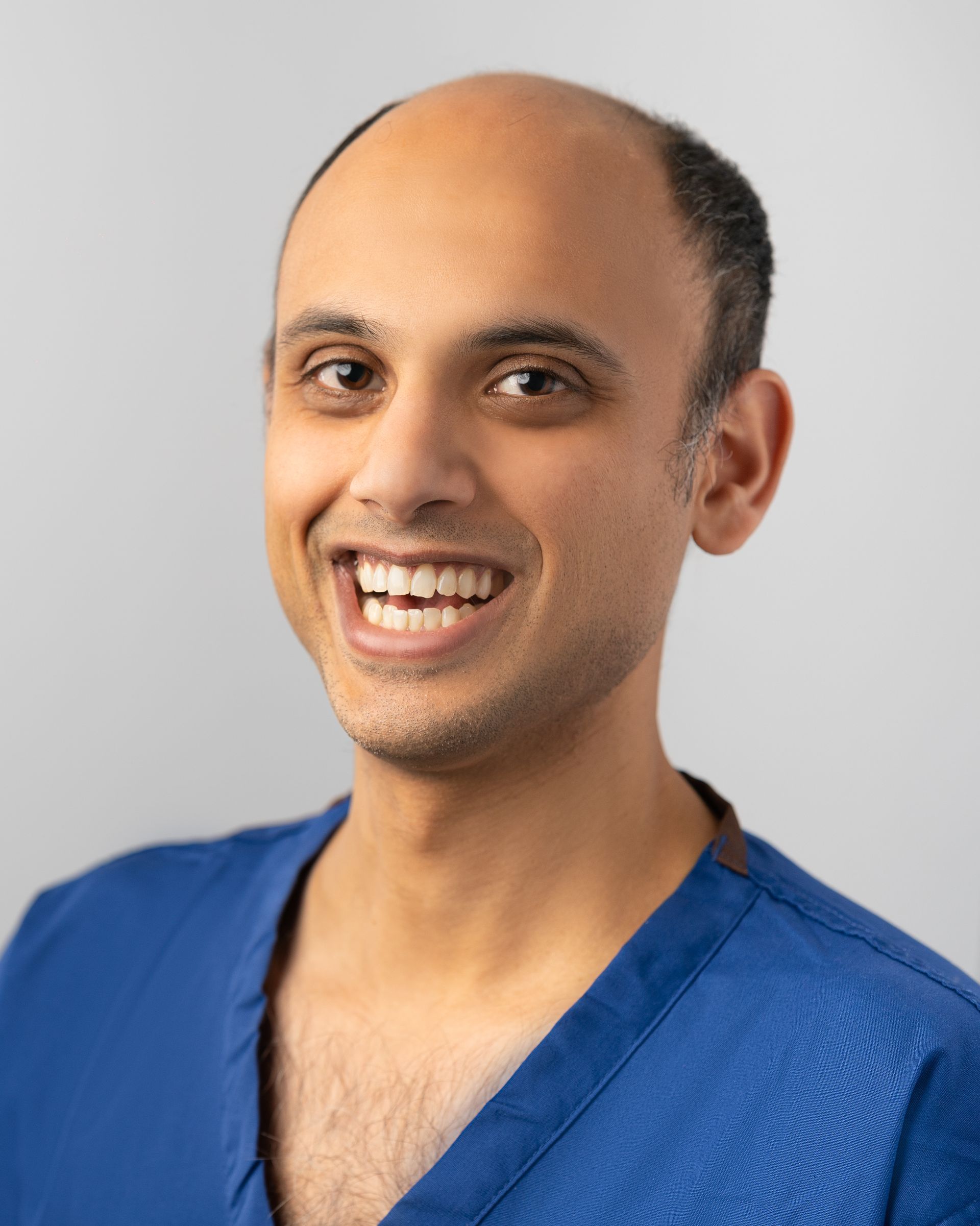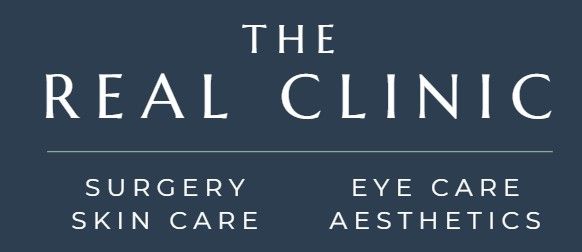'In this blog, the REAL Clinic addresses common questions about breast augmentation, covering everything from implant types and surgical details to recovery.'
Breast augmentation is a widely chosen cosmetic and plastic procedure designed to enhance the size and shape of the breasts. Whether you are seeking to restore volume lost after weight changes or pregnancy, or simply aiming for a fuller and more proportionate figure, this surgery offers a variety of attractive options. In this blog, The REAL Clinic addresses common questions about breast augmentation, covering everything from implant types and surgical details to recovery.
How can the breasts be augmented?
There are two primary ways to augment the breasts: using implants or through fat transfer.
Implants: Silicone or saline implants are the most commonly used for significant volume increases. Silicone implants are filled with a gel-like substance and are often preferred for their more natural feel. Saline implants are filled with sterile saltwater, and are inserted empty and filled once positioned.
Fat transfer: This method involves removing fat through liposuction from areas like the thighs or abdomen, purifying it and injecting it into the breasts. While this offers a more natural option, the increase in size is tends to be more subtle.
What types of breast implants are available?
Breast implants come in different shapes, each offering a unique look:
Round implants: These implants provide fuller-looking breasts, especially in the top portion or upper pole, creating a more pronounced cleavage. They are ideal for women looking for a noticeable enhancement.
Teardrop or anatomical implants: Shaped to mimic the natural contour of the breast, these implants offer a more gradual slope and are better suited for a natural and subtle appearance.
Conical implants: These implants have a more pointed and projected shape. They are particularly popular among women who desire a firmer and uplifted look, often suitable for smaller chest frames that want a noticeable yet natural enhancement. The conical shape gives more forward projection without excessive fullness in the sides.
What implant positioning options are available?
Implants can be placed in different positions, affecting the look and feel of the breasts. There are two main placement options:
Submuscular or under the muscle: The implant is placed beneath the chest muscle. This method tends to provide a more natural look, particularly for women with less natural breast tissue. It can also reduce the risk of visible rippling, especially with saline implants.
Subglandular or above the muscle: The implant is positioned between the breast tissue and the chest muscle. This option can result in a quicker recovery and less postoperative discomfort, but it may be less suitable for women with thin tissue as there is a higher chance of implant visibility.
Your surgeon will discuss the best positioning option based on your body type and desired outcome.
What types of incisions are used in breast augmentation?
The type of incision used can affect scarring and implant placement. There are three common incision techniques:
Inframammary incision: This incision is made in the natural crease under the breast and is the most common approach. It allows for precise implant placement and provides easy access for the surgeon.
Periareolar incision: This is made around the edge of the areola, that is the dark skin surrounding the nipple. This option leaves a discreet scar, but it may not be ideal for women planning to breastfeed in the future.
Transaxillary incision: This incision is made in the armpit, leaving no scars on the breasts themselves. However, it can offer less control over implant placement and is used less frequently.
What types of sutures are used?
Your surgeon will use dissolvable sutures which naturally dissolve as your incisions heal. There will be no need to return to the clinic for suture removal. Additionally, some surgeons may use skin glue or steristrips to minimise scarring and aid in wound closure.
How long does the surgery take?
Bilateral breast augmentation surgery typically lasts between 1–1.5 hours, depending on the complexity of the procedure. It is performed under general anaesthetic, ensuring that you are comfortable and free of pain during the operation.
Will I need to stay in hospital overnight?
No, breast augmentation is generally a day case procedure. You will be discharged on the same day, once your surgeon and their team confirms that you are recovering well and are fit to go home.
When can I expect to be mobile again?
Most patients find they have reasonable mobility within 1 day after surgery. Gentle movement such as walking is encouraged to promote the circulation, but you should avoid strenuous activity during the early stages of recovery.
Do I need to wear special garments?
Yes, after surgery, you will need to wear a supportive post-surgical bra for about 6 weeks. This garment helps support your breasts, reduces swelling and ensures the implants settle into the correct position.
Can I sleep on my front?
After surgery, it is important to sleep on your back for at least 1–2 weeks. Sleeping on your front could put pressure on your healing breasts and affect the final results of your surgery.
When can I shower?
You will be able to shower about 1 week after surgery once your surgeon has given you the go ahead. Until then, it is best to keep the incision area dry to reduce the risk of infection.
How long will I need to take off work?
Most patients take 1–2 weeks off work, depending on the physical demands of their job. If your role involves heavy lifting or strenuous activity, you may need more time to ensure a full recovery.
When can I return to exercise?
You should avoid strenuous exercise for 4–6 weeks after your surgery. Gentle walking is encouraged to aid recovery, but activities that involve heavy lifting or upper body movement should be postponed until your surgeon and their team has given you clearance.
How long does full recovery take?
Full recovery from breast augmentation typically takes around 4–6 weeks. After this time, you should be able to return to all normal activities, including exercise and wearing underwired bras.
At
The REAL Clinic, we are dedicated to providing personalised care to ensure the best possible outcome for your breast augmentation. Whether you are considering implants or fat transfer, our team will guide you through every step of the process, from selecting the right implant size and shape to ensuring a smooth recovery. Schedule your consultation today by emailing
here and take the first step towards achieving the look you have always desired. You may find out more about the costs and prices of bilateral breast augmentation and related surgeries by clicking
here.

